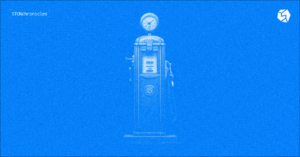In previous posts, we explained why cross-chain exchanges are necessary and why our cross-chain functionality will be especially convenient for users. Today, we will discuss what we’ve accomplished.
The top priority in cross-chain technology is ensuring reliability and security for users and their assets. To ensure this, it was imperative to develop and test the prototype and the initial internal versions. We are pleased to announce that we have already achieved the following:
- Integrated the Request for Quote (RFQ) mechanism into the messaging protocol between traders and market makers (equivalent to liquidity providers in RFQ DEX). The protocol is operational, and transaction participants can now exchange offers at predetermined prices.
- Developed and thoroughly tested HTLC (Hashed Timelock Contracts). These contracts enable us to lock in the exchange rate for the duration of the transaction, ensuring that both parties receive the exact amount of tokens they initially anticipated.
- Successfully conducted test token exchanges between the TON and TRON networks!
Ongoing tasks include:
- Developing an internal database to store transactions. We will explain why relying solely on the blockchain for this purpose is not advisable in upcoming episodes of #STONchronicles.
- Launching a synchronization service between the internal database and the TON and TRON networks.
- Establishing a notification system for bidders.
- Preparing for high-volume transaction processing between the TON and TRON blockchains.
- Designing the user interface.
These components, in conjunction with the already developed smart RFQ and HTLC, form the foundation of the DEX cross-chain platform. This platform will facilitate token exchanges between blockchains at fixed rates, without slippage, without the need for bridges and wrapped liquidity ✨
Stay tuned!





